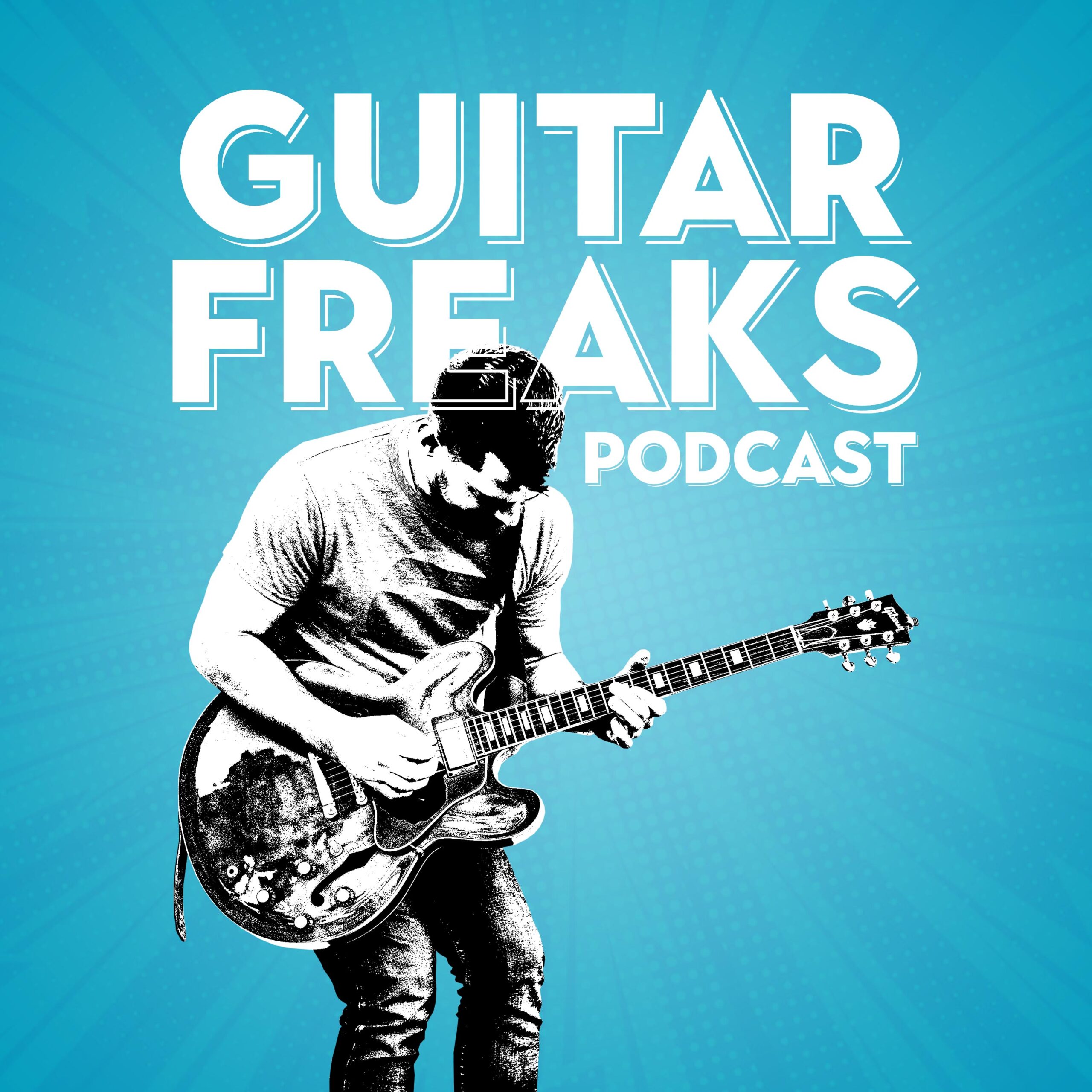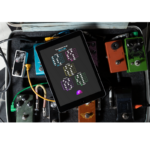Rhythm Guitar Techniques is the backbone of most bands. While solos may grab the spotlight, it’s the steady, locked-in grooves of the rhythm guitarist that lay the foundation for any great performance. If you want to elevate your rhythm playing, learning to tighten your timing, enhance your groove, and truly “play in the pocket” is essential.
In this guide, we’ll break down the art of rhythm guitar, offering practical tips and techniques that will improve your timing and help you lock in with the rest of the band.
What is Rhythm Guitar?
Rhythm guitar focuses on playing chords, riffs, and strumming patterns that provide harmonic and rhythmic support. Unlike lead guitar, which emphasizes solos and melodic lines, rhythm guitar is about creating a cohesive sound that meshes with the bass, drums, and other instruments.
In essence, it’s about groove—the ability to keep a steady beat, complement the rhythm section, and make the whole band sound tight.

Download the ebook “SoloCraft”!
SoloCraft is the ultimate guide to mastering guitar soloing, designed for players of all levels. Packed with step-by-step lessons, pro-level techniques, and real-world examples, SoloCraft teaches you how to navigate the fretboard, craft expressive solos, and unlock your full potential as a lead guitarist. Whether you’re improvising, building speed, or adding emotion to your playing, SoloCraft gives you the tools to solo like a pro.
Download Now
Why Groove and Timing Matter
A great rhythm guitarist knows how to play with precision while also adding personality to the music. “Groove” isn’t just about hitting the right notes—it’s about feeling the beat and creating a sense of flow. Whether you’re playing funk, rock, blues, or jazz, mastering groove and timing ensures that:
- The Band Feels Tight: A consistent rhythm gives other players a foundation to build on.
- The Audience Connects: Groove makes music feel alive, encouraging people to tap their feet or hit the dance floor.
- You Stand Out: A solid rhythm guitarist is irreplaceable—bands need players who can anchor the music.
Essential Rhythm Guitar Techniques for Tight Grooves
1. Develop a Strong Sense of Timing
- Practice with a Metronome: This old-school tool is your best friend for building a solid internal clock. Start slow, gradually increasing the tempo as you get comfortable.
- Play Along with Backing Tracks: Jamming with tracks mimics playing in a band setting, helping you adjust to different tempos and styles.
- Tap Your Foot: Keeping time physically reinforces the rhythm and ensures consistency.
2. Learn to “Play in the Pocket”
“Playing in the pocket” means being perfectly in sync with the rhythm section, especially the drummer. To achieve this:
- Lock in with the Drummer’s Hi-Hat or Snare: Focus on matching your strumming or picking to the drummer’s patterns.
- Listen to the Bass Player: Rhythm guitar often bridges the gap between bass and melody. Pay attention to the bassist’s groove and complement it.
- Slightly Lag or Push: Depending on the genre, you may need to lay back slightly behind the beat (common in blues and jazz) or push forward slightly (common in punk and rock).
3. Master Dynamic Strumming
- Use Your Wrist, Not Your Arm: For smoother strumming, focus on moving your wrist rather than your whole arm. This creates a more consistent and controlled sound.
- Accentuate Beats: Emphasize certain beats within a measure to give your rhythm a more dynamic feel. For example, in a 4/4 groove, accentuate the second and fourth beats.
- Experiment with Muting: Use palm muting or fret-hand muting to add percussive elements to your strumming.
4. Focus on Chord Changes
Smooth transitions between chords are crucial for rhythm guitar. To improve:
- Practice Slow Changes: Switch between chords slowly and gradually build speed.
- Anticipate Changes: Prepare your fingers for the next chord slightly before the change happens.
- Learn Inversions and Variations: Using alternate chord voicings keeps your rhythm playing fresh and versatile.
5. Add Groove with Percussive Rhythm Guitar Techniques
Percussive strumming adds rhythm and texture to your playing. Try these techniques:
- Chuck: Lightly release pressure on the strings while strumming to create a “chucking” sound.
- Ghost Notes: Mute the strings entirely to produce a percussive, drum-like sound.
- Slaps: Use your picking hand to slap the strings for added syncopation.
Practice Strategies to Perfect Your Rhythm Guitar Techniques
Play Along with Great Rhythm Guitarists
Learn from the masters by playing along with tracks that showcase stellar rhythm guitar work. Here are some classic examples:
- Funk: Nile Rodgers (Chic) – “Le Freak”
- Rock: Keith Richards (The Rolling Stones) – “Brown Sugar”
- Blues: Stevie Ray Vaughan – “Pride and Joy”
- Reggae: Bob Marley – “One Love”
Focus on Repetition
Repetition builds muscle memory, ensuring you can play grooves effortlessly. Take a single riff or chord progression and loop it until it feels second nature.
Record Yourself
Hearing your own playing helps you identify inconsistencies in timing or areas for improvement. Compare your recordings to the original tracks or metronome to fine-tune your groove.
Explore Different Genres
Each genre offers unique rhythmic challenges. For instance:
- Funk: Prioritize syncopation and tight muting.
- Jazz: Focus on chord extensions and subtle swing.
- Rock: Use power chords and dynamic accents.
- Reggae: Emphasize the off-beats (the “skank”).
Gear Tips for Better Rhythm Guitar Techniques
- Use the Right Pick: A medium or heavy pick offers more control for dynamic strumming.
- Optimize Your Amp Settings: Balance your EQ to ensure clarity and presence without overpowering the mix.
- Experiment with Effects:
- Compression: Smooths out dynamics for a tighter sound.
- Chorus: Adds texture to clean tones.
- Delay: Can subtly enhance groove in funk or reggae styles.
Final Thoughts: Rhythm Guitar Techniques is an Art
Rhythm guitar may not always be glamorous, but it’s an art form that holds the band together. By focusing on timing, groove, and dynamics, you’ll not only improve your playing but also become the linchpin of any musical group.
Feeling inspired to hone your rhythm guitar skills? Share your progress with a supportive community! Join the Guitar Freaks Hangout on Discord , where you can connect with fellow guitarists, exchange tips, and jam together online.
Enhancing your rhythm guitar skills involves exploring various techniques and styles. Here are some valuable resources from other blogs that delve into rhythm guitar playing:
- “21 Ways to Improve Your Rhythm Guitar Playing” by Guitar World
- This article offers a comprehensive guide to enhancing your rhythm guitar skills, covering diverse styles and techniques. Guitar World
- “10 Simple and Fun Ways to Improve Your Sense of Rhythm on Guitar” by Guitar Domination
- Discover practical exercises designed to develop your internal sense of rhythm, crucial for tight groove playing. Guitar Domination
To enhance your rhythm guitar skills and achieve tight grooves, consider exploring these related articles from Guitar Freaks Blog:
- Mastering the Major Pentatonic Scale: A Guitarist’s Guide
- Delve into the structure and application of the major pentatonic scale to enhance your rhythm playing. Guitar Freaks Blog
- 8 Ways to Master Major Pentatonic Scales on Guitar
- Discover practical methods to incorporate major pentatonic scales into your rhythm guitar techniques. Guitar Freaks Blog

Download the ebook “SoloCraft”!
SoloCraft is the ultimate guide to mastering guitar soloing, designed for players of all levels. Packed with step-by-step lessons, pro-level techniques, and real-world examples, SoloCraft teaches you how to navigate the fretboard, craft expressive solos, and unlock your full potential as a lead guitarist. Whether you’re improvising, building speed, or adding emotion to your playing, SoloCraft gives you the tools to solo like a pro.
Download Now










